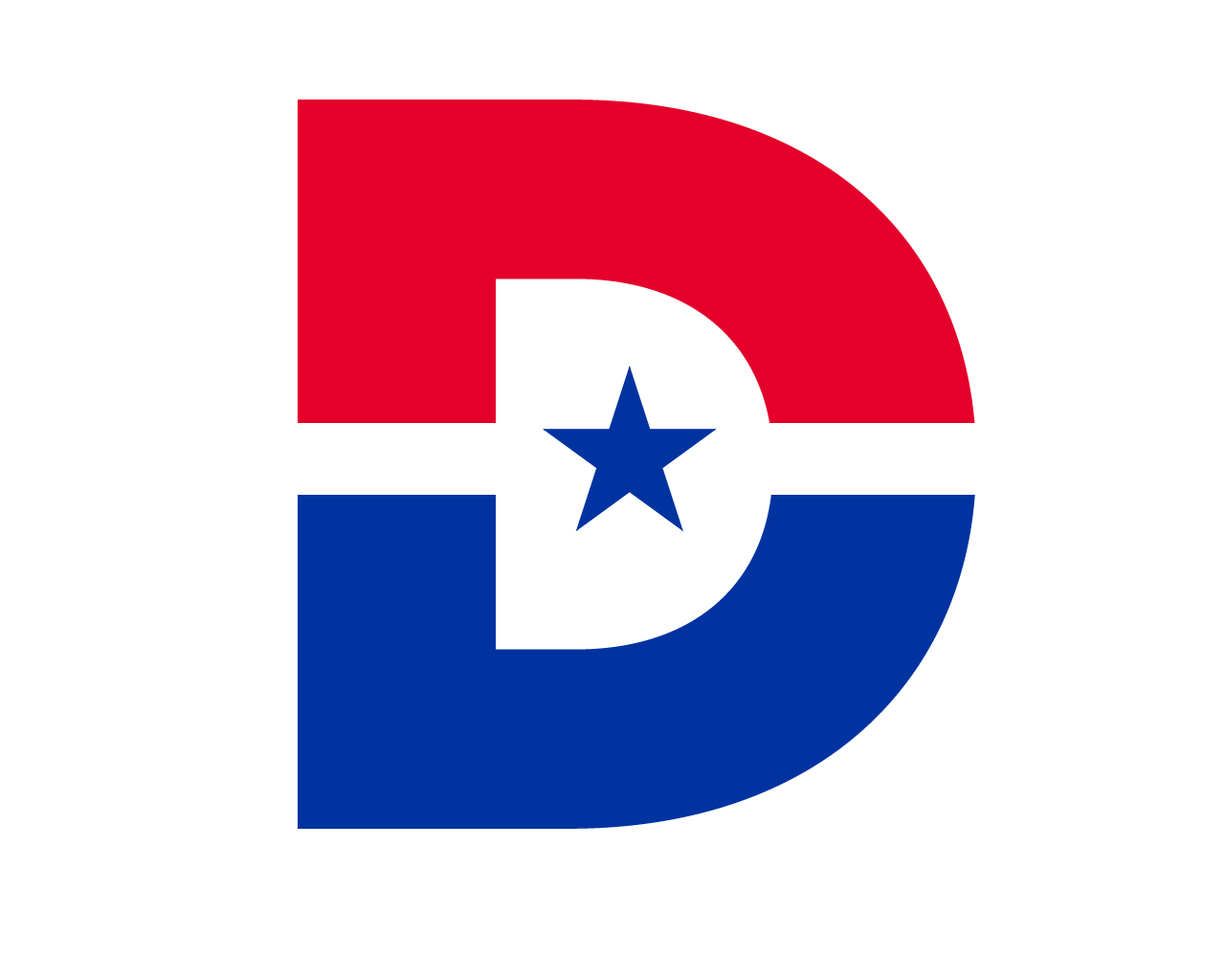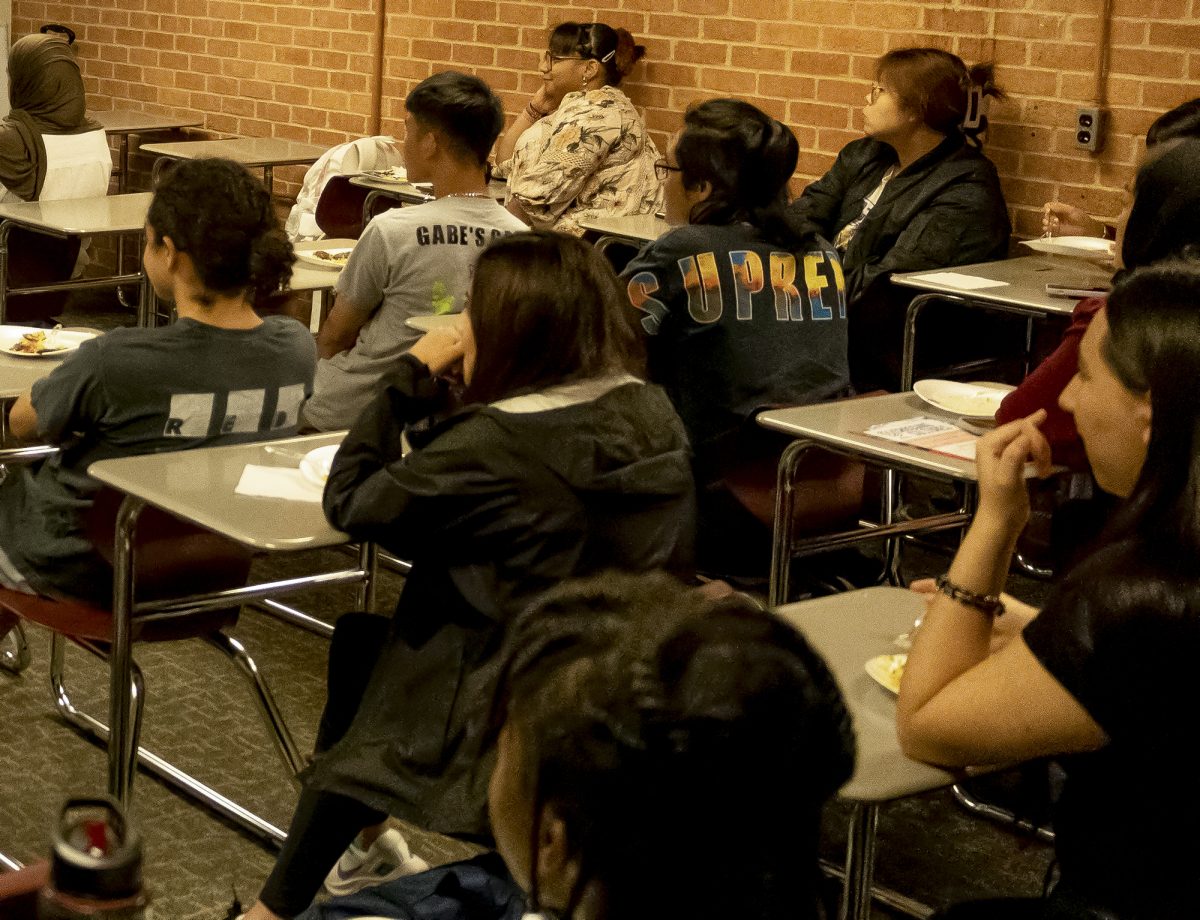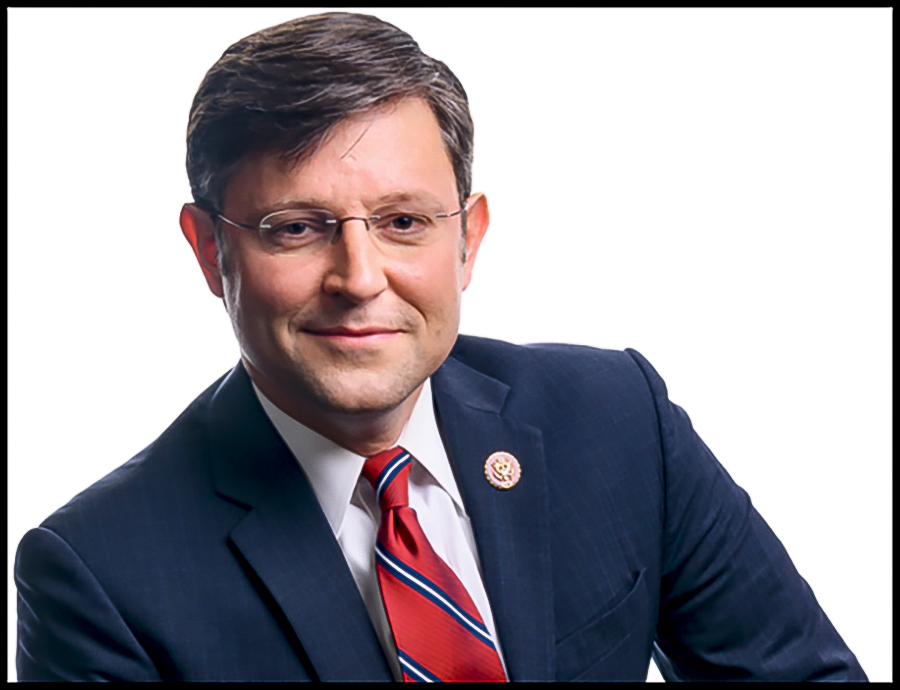Fentanyl has been making headlines throughout the U.S. and North America for its potency, deadliness and addictiveness. The drug hit the illegal market sometime in 2013 and has been wreaking havoc since 2019.
In 2022, over 100,000 Americans ages 18-45 died from opioid abuse according to the Drug Enforcement Administration. Seventy percent of those fatalities were the result of fentanyl overdose.
According to the DEA, 90% of fentanyl comes from Chinese companies that operate legally inside China with assistance from the Chinese Government.
China exports the chemicals necessary to produce the drug to Mexico, where they are processed and manufactured into synthetic opioids by drug cartels.
The cartels then smuggle the drugs across the southern border where they are consumed by people in the U.S. and Canada.
Opiates like morphine and codeine are derived from natural compounds that come from poppy sap and poppy plants.
The term opioid is an umbrella term encompassing any compound that binds to and has a reaction with opioid receptors in the body.
Fentanyl is a fully synthetic opioid made in a lab for use in the medical field as an analgesic. The drug is 50 times more powerful than heroin and 100 times more powerful than morphine.
According to the DEA, around 70% of users die their first time around from overdose. Those who do not die, face an incredibly difficult addiction to beat.
The drug knows no boundary between social class. Even those with good upbringings are affected.
In 1988, fentanyl was approved by the FDA for medical use in the U.S. Throughout the 1990s and 2000s, Big Pharma and other large pharmaceutical companies marketed opioids to the American public while simultaneously misinforming health care professionals about the extent of their effects. Health care providers were over prescribing and misprescribing their patients. It did not take long for people to become addicted and for the drugs to hit the illegal market. The most popular of these drugs were oxycodone pills and codeine, a liquid opiate that was mixed in soft drinks.
By the time fentanyl appeared around in 2013, the stage was already set for catastrophe, but other illegal pills were still on the market.
Legal, over the counter opioids were still easy to access, By the time the government put a lid on Big Pharma in 2019, it was already too late. America’s market for pills and painkillers was too great. This is where the cartels and China came in to fill the void.
A high demand and an unlimited supply of chemicals allow drug cartels to profit. Pills are not the only drugs that are laced with fentanyl. Fentanyl has also been reported in cocaine, heroin and marijuana.
Authorities and first responders are working to combat the drug in many ways. One of the ways is a drug called naxolone which counters the effects of any opioid, including fentanyl.
But naxolone only succeeds in saving a user from overdose; It is only a band-aid solution.
Other propositions include hitting the cartels in their home turf, Mexico, increasing penalties for drug dealers, and providing more drug awareness education to teens and young people.
On Feb. 20, Leigha Simonton, U.S. attorney for the Northern District of Texas, spoke to students and staff at El Centro about the fentanyl crisis. Her prosecutors work on violent crime and drug crime.
She said fentanyl is a smaller piece of the pie, and fentanyl among schoolchildren is an even smaller piece of the pie. Despite being such a small piece of the pie, fentanyl has remained a big issue.
When asked why that is, she replied, “Fentanyl happens to have a stronger, more negative effect on users.”
The American fentanyl crisis
Drug is now the leading killer among people under 50
Hevar Barzenji, Staff Writer
March 14, 2024
Fentanyl is becoming increasingly dangerous, with the drug flooding the streets.








